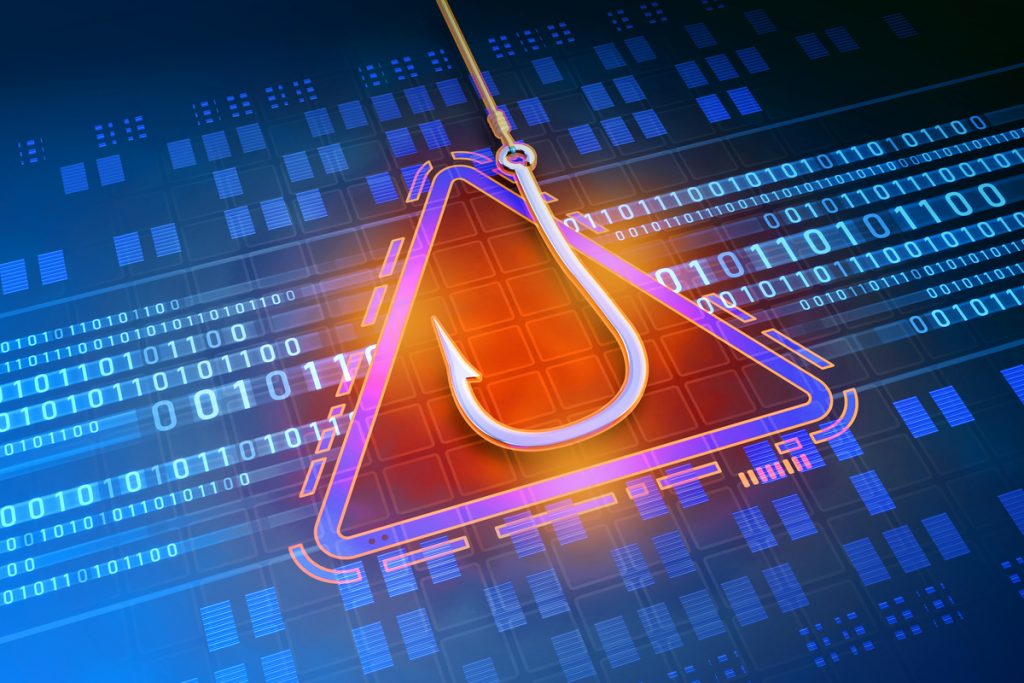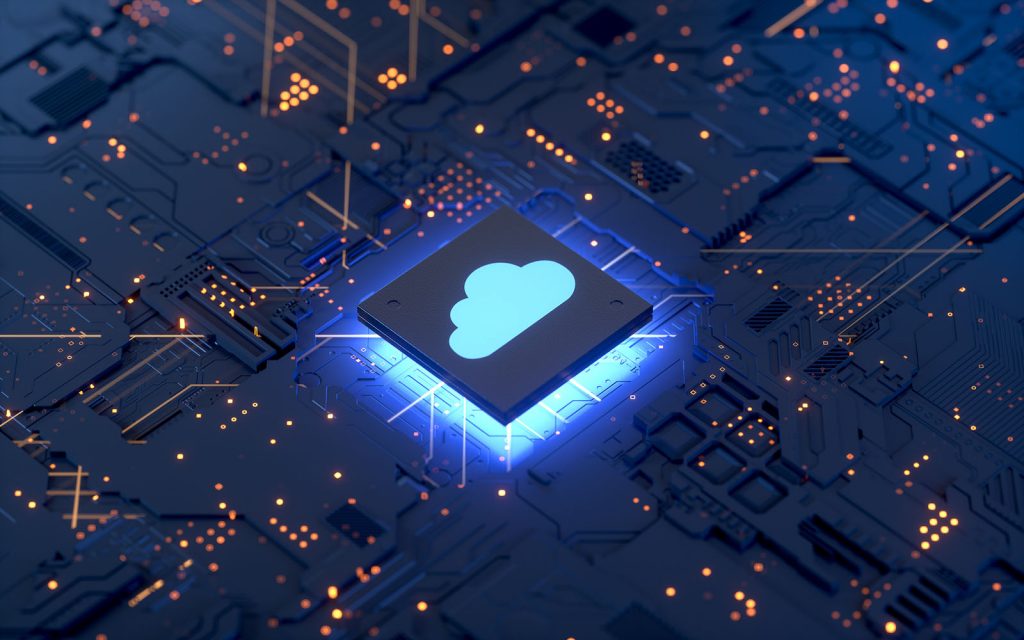In today’s scenario, so much of what we do involves using the internet. This indicates that the digital footprint of people is on the rise. And with the increase in online activities, cybercrime has massively exploded. One of the results of such explosions is phishing. With research, it was also found that 91% of all cyber attacks started with phishing emails.

What is Phishing Attack?
Phishing is the fraudulent attempt to obtain sensitive information or data, like usernames, passwords, bank account details, or other sensitive details, by impersonating oneself as a trustworthy entity in digital communication.
Typically being carried out by email spoofing, instant messaging, text messaging, etc… phishing usually directs users to enter personal information on fake websites that match the look and feel of legitimate sites. By posing as a legitimate individual or institution via phone or email, cyber attackers use social engineering into manipulating victims to perform specific actions—like clicking on a malicious link or attachment, or willfully divulging confidential information.
How to Prevent Phishing in Cloud Computing?
There’s no doubt that the damage from a phishing attack is devastating. But since the attacks against businesses have almost doubled in the past 5 years, we’re going to discuss some effective ways to prevent phishing in cloud computing.

Constant Upgradation of Threats
Simply waiting for malware to hit the endpoint is not enough. Many organizations have the appliances in place to check data that comes into their network to see if it contains malware or phishing attacks. These appliances have to match suspicious content against signatures or carry out a heuristic(problem-solving) analysis. They also have to be constantly updated as threats keep changing.
User Training
Users can be more vigilant when it comes to clicking on links they see in their emails or on the web with a little training. And while user training can help, it only takes one person to click on something suspicious for an infection to occur.
Despite having the strongest security and defense technologies in place, cybercriminals will find a way to exploit the weakest link in a company’s defenses which is often its employees. It will only take one human error to result in a massive loss of sensitive data.
Protecting the Cloud with Cloud
The cloud allows you to have a large, distributed system that actively tracks millions of new domains and websites every day. This can help you proactively fetch traffic, take the output from that, and harvest it in a multiple-cloud sandbox in real-time, without waiting for customers to harvest any data by themselves.
Automation for Prevention

Cybercriminals are getting smarter day by day and will eventually adapt quickly to any security measures that you put in place. While basic security measures may eliminate lots of spam, they are no good against today’s sophisticated and targeted phishing attacks. So, in order to protect an enterprise’s infrastructure better, preventing phishing and malware should be automatic.
Machine Learning and Analytics with Automation
To process information, you require big data analytics, large-scale automation, and machine learning. This will form an in-built intelligence that can spot anomalies based on the behaviors. Rather than focusing on one particular vector, you can analyze a multitude of different vectors including files, emails, domains, etc…
With the multiple sandbox technique used in the analysis, your organization will be able to pinpoint suspicious activities and determine threat levels. Not only does this help in preventing threats before they infect systems, but it also helps you in saving a lot of your money and time. This new approach to internet security means that enterprises will have the means to get ahead of threats within seconds. And once the threat is detected, all users are protected instantly – that is the beauty of the cloud.
For more updates and tips on how to use the cloud, follow us on Facebook, Twitter, and LinkedIn.